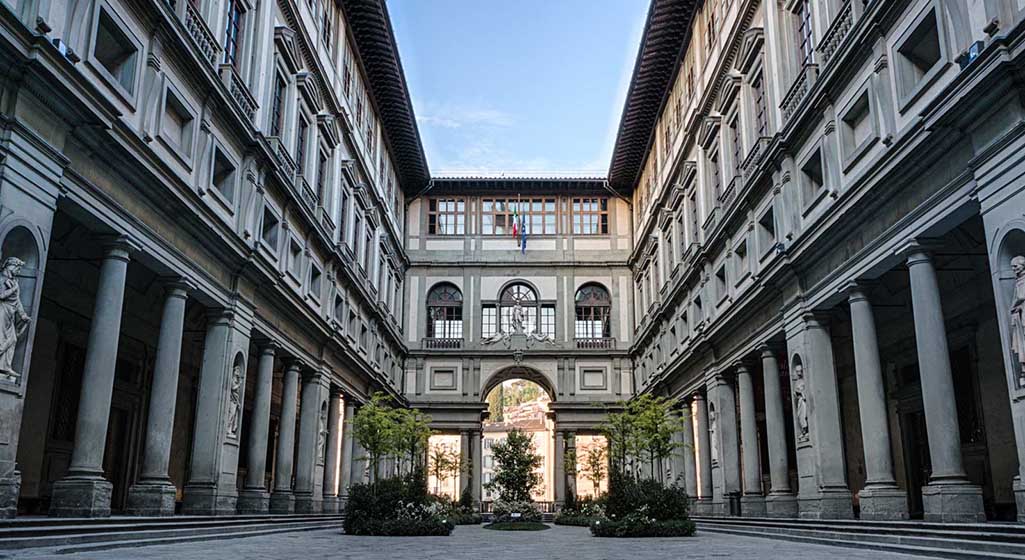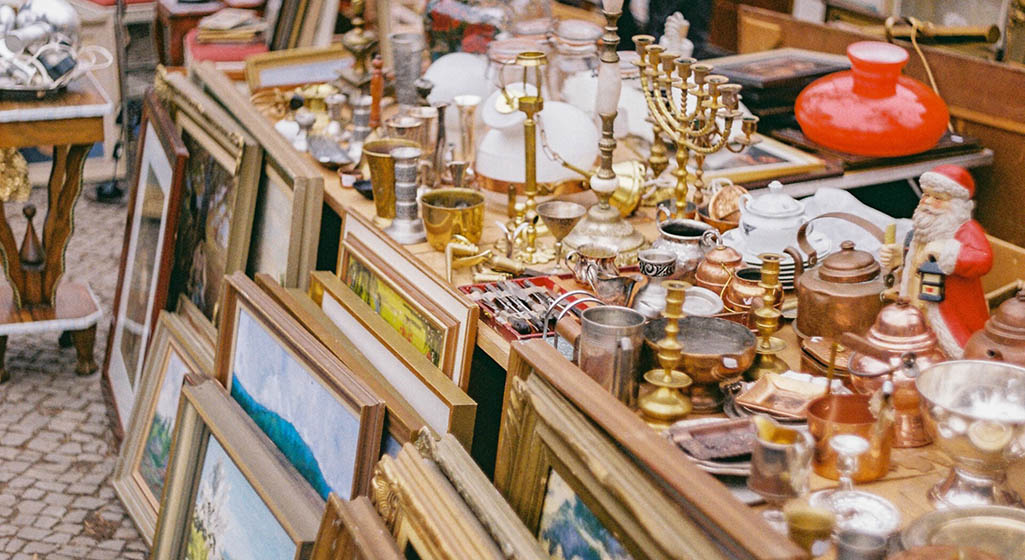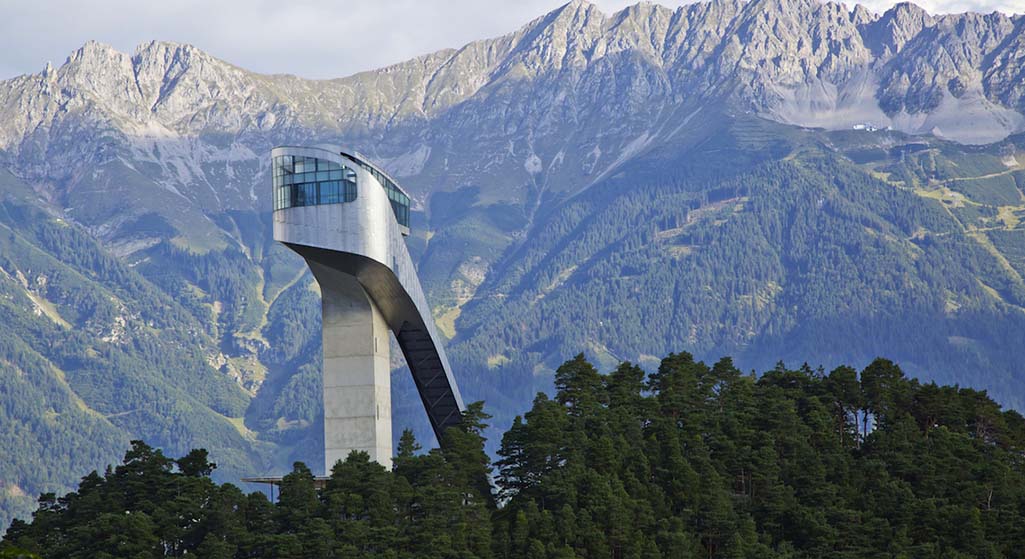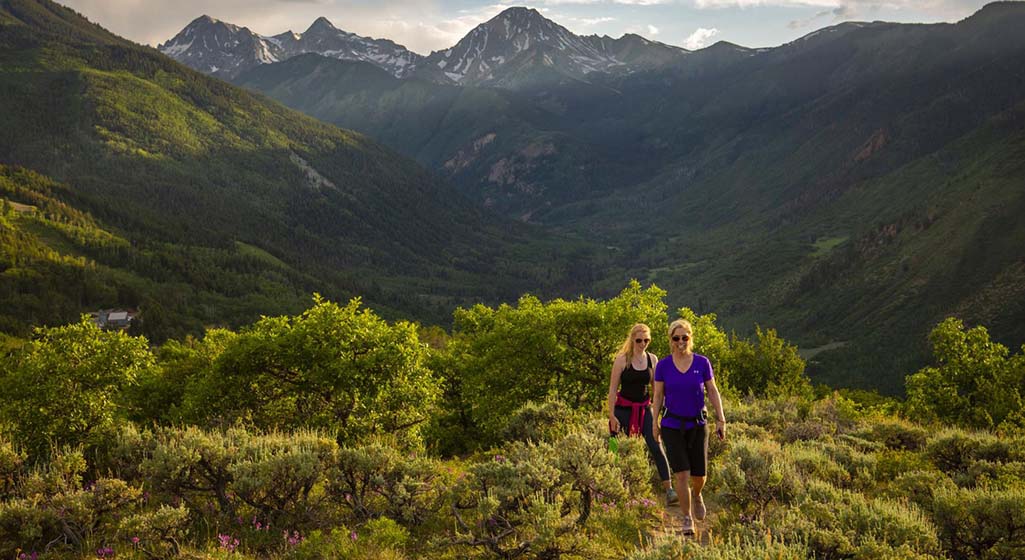Florence, the capital of the Tuscany region in Italy, is one of the world’s most famous art and cultural hubs. It is the birthplace of the Renaissance, home to countless awe-inspiring works of art, architecture, and historical landmarks. Whether it’s sculptures, paintings, architecture, or food and street culture, Florence offers travelers a profound sensory experience. The city is a living museum, where every corner holds a story, and each monument reveals the city’s artistic evolution.
1. Florence’s Art Treasury: Uffizi Gallery (Galleria degli Uffizi)
The Uffizi Gallery is undoubtedly one of the most important art museums in Florence and one of the top three museums in the world. It houses a vast collection of Renaissance paintings, showcasing the brilliant achievements of Italian artists and presenting masterpieces that have shaped the course of art history.
History and Background of the Uffizi Gallery
The Uffizi Gallery was initially built in 1580 by Francesco de’ Medici as a government office building for the Grand Duchy of Tuscany. The building was designed by Giorgio Vasari, a renowned architect and artist, with the intention of consolidating the administrative offices of Florence’s ruling family under one roof. As the Medici family’s vast art collection grew, the Uffizi transitioned into a formal art collection space. The gallery is renowned not only for its architectural elegance but also for housing invaluable works of art. Today, it displays artworks from the Renaissance to the Baroque period and beyond, becoming a focal point for art lovers worldwide.
Must-See Exhibits
- The Birth of Venus: This iconic painting by Sandro Botticelli depicts the Greek goddess Venus as she emerges from the sea foam. The piece is renowned for its exquisite portrayal of the human form, idealized beauty, and graceful composition. With its soft pastel palette and intricate details, it captures the ethereal and divine nature of Venus and is considered one of the most recognized and revered works of the Renaissance.
- The Last Supper: Leonardo da Vinci’s depiction of Jesus and his twelve apostles at the Last Supper is one of the most powerful religious scenes ever captured in art. The painting not only captures the profound moment of Christ’s announcement of betrayal but also showcases Leonardo’s genius in conveying the emotional tension through the expressions and gestures of the figures. The meticulous use of light, perspective, and human anatomy makes this painting a remarkable example of Renaissance art.
- The Madonna and Child: Raphael’s early masterpiece, “The Madonna and Child,” captures the tender moment between the Virgin Mary and the infant Jesus. The painting exemplifies Raphael’s mastery of balance, harmony, and grace, which were central to Renaissance ideals. The serene expression of Mary and the subtlety of her gestures reflect the emotional depth of this religious theme, making it an exemplary representation of Raphael’s ability to infuse his religious subjects with human warmth and tenderness.
2. Florence’s David Statue: Michelangelo’s Masterpiece
The David statue in the Academy Gallery (Galleria dell’Accademia) is one of Michelangelo’s masterpieces and deeply embodies the Renaissance’s pursuit of human beauty. The statue stands 5.17 meters tall and perfectly recreates the idealized human proportions seen in ancient Greek sculpture.
History and Cultural Background of Michelangelo’s David
The inspiration for this statue comes from the biblical story of David and Goliath. David, the King of Israel, defeated the giant Goliath with a single stone, symbolizing the victory of the weak over the strong. Michelangelo’s sculpture emphasizes David’s bravery and wisdom. The statue’s detailed craftsmanship, including the muscles, bones, and expressions, showcases Michelangelo’s profound understanding of human anatomy.
Visiting Tips
Besides the David statue, the Academy Gallery also features some of Michelangelo’s unfinished sculptures, such as the “Prisoners” series, which illustrates his evolutionary experimentation in sculpture.
3. Florence’s Cathedral of Santa Maria del Fiore (Duomo)
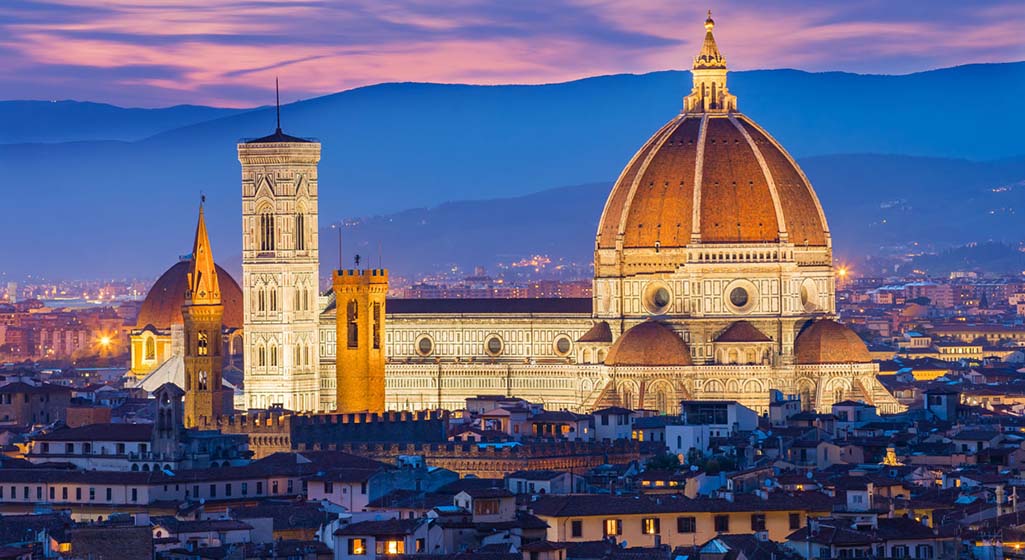
The Cathedral of Santa Maria del Fiore is one of Florence’s most iconic buildings, located in the city’s central square. The dome, designed by Brunelleschi, is the pinnacle of Renaissance architecture and a symbol of Florence.
History and Architectural Features of the Duomo
Construction of the Duomo began in 1296, but its grand dome, completed in the 15th century by architect Filippo Brunelleschi, was a groundbreaking achievement at the time. Brunelleschi’s innovative design solved many architectural challenges, and his work became a key reference for future architects.
The cathedral’s exterior features red, white, and green striped marble, blending Gothic and Renaissance architectural styles. Inside, the cathedral’s décor is modest, yet rich in fine artistic details.
Dome Climb Experience
Visitors can climb to the top of the dome for a panoramic view of Florence. While the climb is somewhat challenging, the stunning views of the city and the surrounding Tuscan countryside make it a rewarding experience.
4. Florence’s Ponte Vecchio
The Ponte Vecchio is one of Florence’s oldest and most historically significant bridges, built in 1345. It spans the Arno River and is lined with small shops that maintain a medieval commercial atmosphere, giving visitors a unique glimpse into the city’s history. The bridge has witnessed centuries of commerce, politics, and daily life, making it an integral part of Florence’s identity. Its distinctive architecture and the bustling atmosphere of the shops have made it one of the most iconic landmarks of the city.
History and Features of the Ponte Vecchio
Originally, the Ponte Vecchio housed butcher shops, fish markets, and tanneries, which filled the bridge with the smells and sounds of a medieval marketplace. However, in the 16th century, Grand Duke Ferdinand I of Tuscany ordered the removal of the butchers to reduce the unpleasant odors that plagued the bridge. In their place, shops selling gold, jewelry, and fine art took their place, a transformation that has defined the bridge’s character ever since. Today, the Ponte Vecchio remains a symbol of Florence’s rich cultural and commercial history.
Shopping and Photography
For photography enthusiasts, the Ponte Vecchio is an ideal spot. Whether capturing the soft light of sunrise or the orange glow of sunset, the bridge offers spectacular photographic opportunities, especially with the reflections of the colorful shops in the Arno River below. The dynamic lighting of the bridge in different times of the day creates various moods, from romantic and serene to lively and vibrant. Additionally, the jewelry shops on the bridge, many of which have been passed down through generations, offer a wide range of high-quality craftsmanship, making it a perfect place for shopping.
5. Florence’s Pitti Palace (Palazzo Pitti)
The Pitti Palace was once the residence of the powerful Medici family and is now an important museum in Florence. The palace’s art collection is vast and includes works by Raphael, Titian, Caravaggio, and other masters. The grandeur of the palace itself is a reflection of the wealth and influence the Medici family held during the Renaissance. With its opulent rooms and incredible artworks, the Pitti Palace stands as one of Florence’s most impressive cultural landmarks.
History and Art Collection of the Pitti Palace
The Pitti Palace was built in 1458 by the wealthy merchant Luca Pitti as a private residence. Its large and imposing structure was meant to demonstrate the power and status of its owner, and it quickly became the envy of Florence’s elite. When the Medici family came into power, they purchased the palace and transformed it into their official residence. Over time, they expanded the building and commissioned extensive renovations to make it even grander. Today, the Pitti Palace houses multiple museums, with the most famous being the Pitti Palace Museum, which showcases a vast collection of Renaissance and Baroque art.
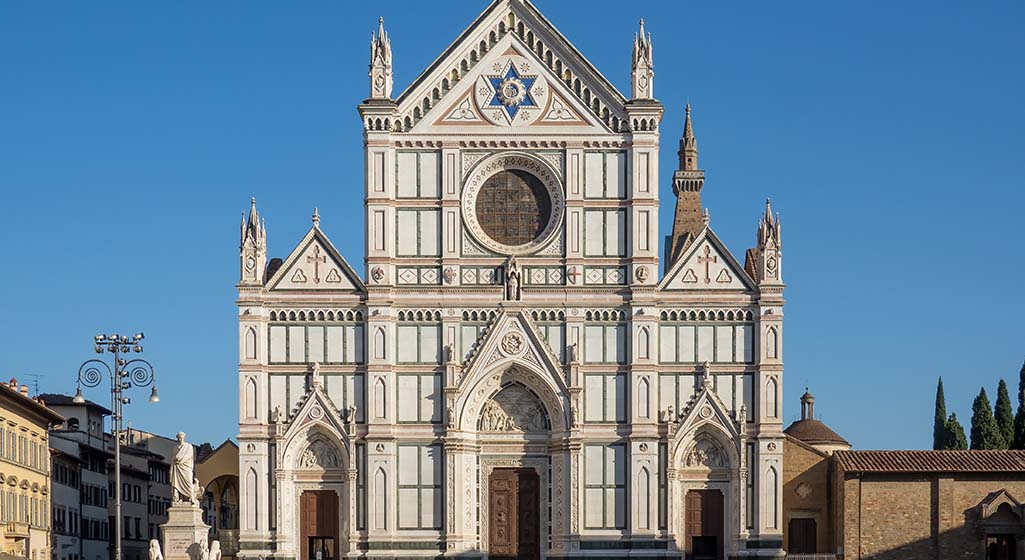
The Beautiful Boboli Gardens
In addition to the museums, the Pitti Palace is surrounded by the beautiful Boboli Gardens, one of the most celebrated examples of Italian Renaissance garden design. The gardens, with their neatly trimmed hedges, fountains, and classical sculptures, provide a peaceful escape from the hustle and bustle of Florence’s city center. The design of the gardens reflects the Medici family’s appreciation for both natural beauty and human craftsmanship, with many areas designed to highlight the symbiotic relationship between art and nature.
6. Florence’s Basilica of Santa Croce
The Basilica of Santa Croce is one of Florence’s most famous religious buildings and the burial site of many historic figures. It is the final resting place of great artists and scholars such as Michelangelo, Galileo, and Machiavelli.
History and Cultural Background of the Basilica of Santa Croce
Built in the 13th century, the Basilica of Santa Croce belongs to the Franciscan order. The church’s interior is lavishly decorated with murals and sculptures, making it one of the prime examples of Gothic architecture in Florence.
Florence, as the birthplace of the Renaissance, is rich in art, history, and cultural heritage. Each landmark here carries deep historical significance, standing as witnesses to the magnificent achievements of the past. Whether you are an art lover or a history enthusiast, Florence promises to offer unforgettable experiences and a cultural feast. Exploring every corner of Florence is not just about touring a city; it’s about journeying through history and witnessing the brilliance of human civilization.
